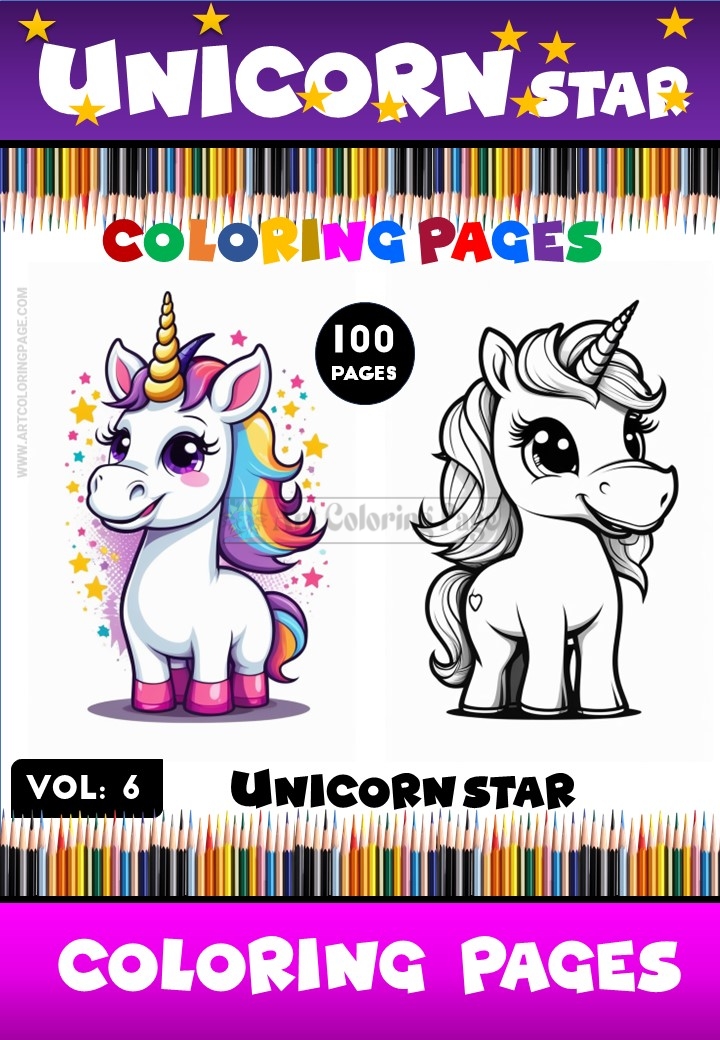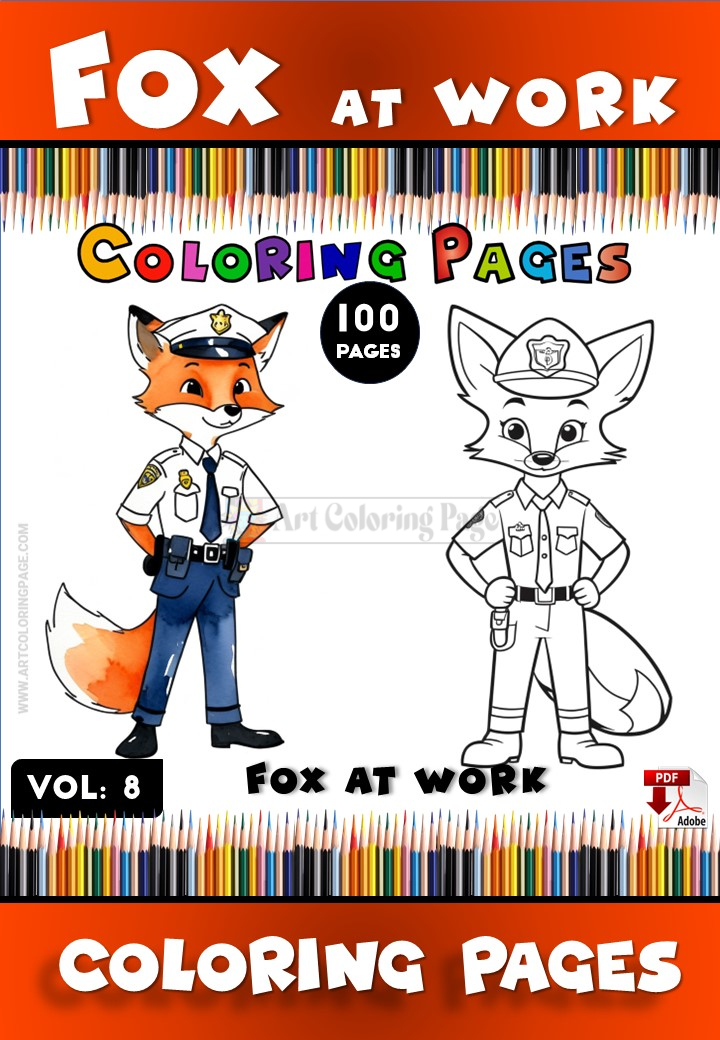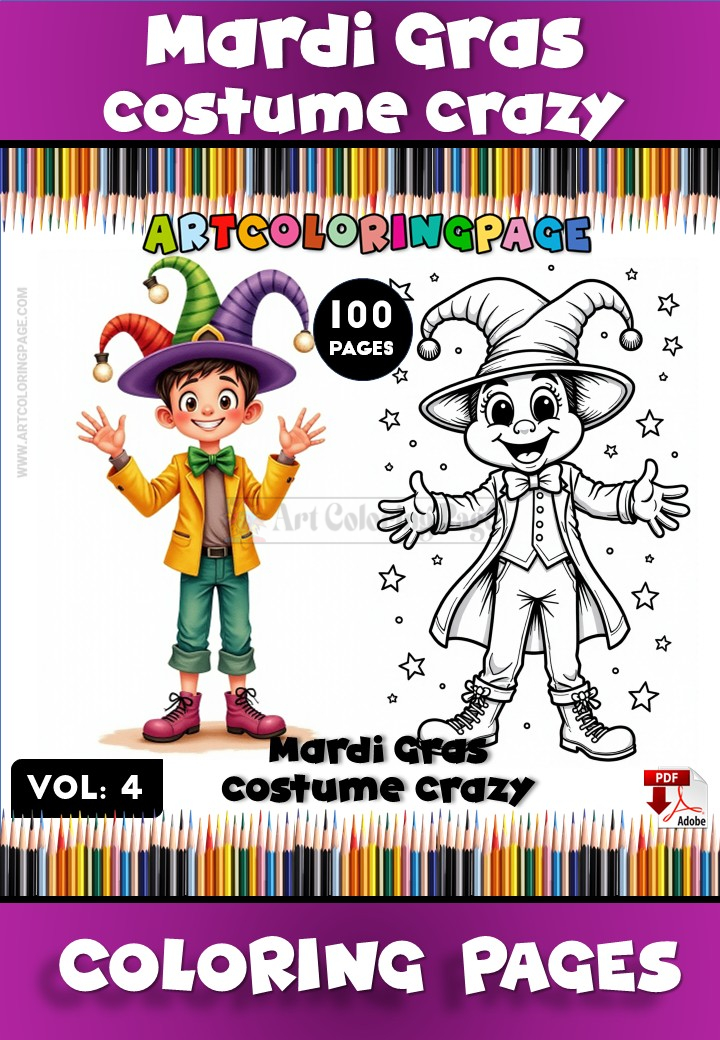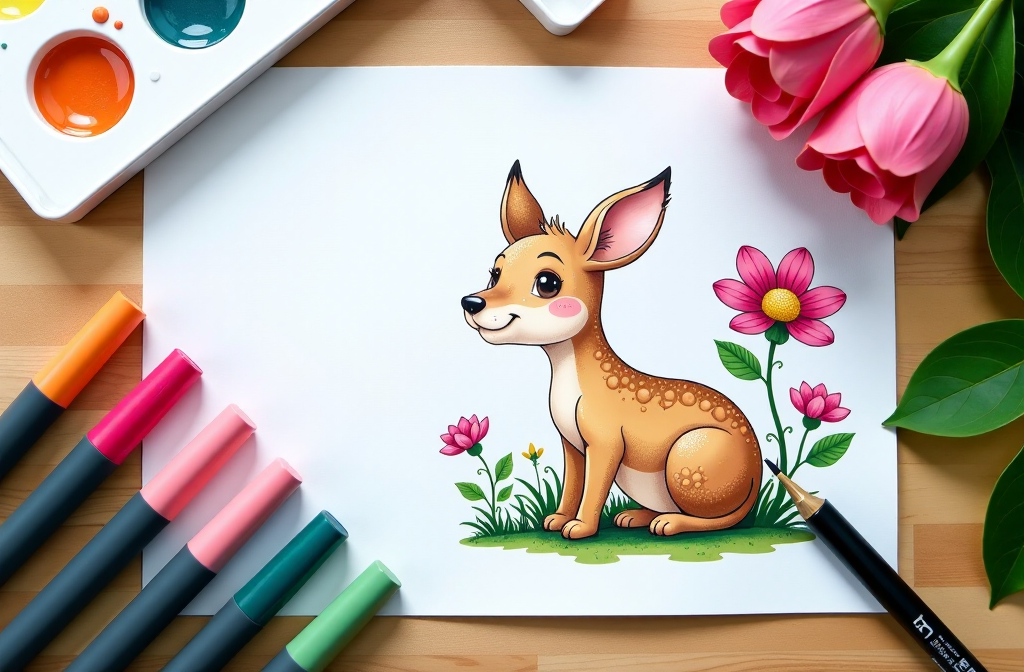Blogs coloring page
Maximizing Child Development with Coloring Pages to Print for Kids
In an age increasingly saturated with digital interfaces and fast-paced electronic entertainment, the humble act of coloring might appear to some as a quaint, perhaps even anachronistic, pastime. Often relegated to the category of “keeping kids busy,” the true developmental power inherent in engaging with coloring pages to print for kids can be easily underestimated. However, to dismiss coloring as mere child’s play is to overlook a wealth of profound benefits that contribute significantly to a child’s holistic growth. Far beyond simply filling spaces with color, this accessible and enjoyable activity serves as a crucial instrument in sharpening cognitive abilities, nurturing psychological well-being, and unleashing creative potential. This article delves into the comprehensive developmental advantages that printable coloring pages offer, illustrating how this seemingly simple tool can be instrumental in maximizing a child’s journey towards becoming a well-rounded, capable individual.
I. Cognitive Development: Sharpening Young Minds Through Color and Line
The process of transforming a black and white outline into a vibrant image is a surprisingly complex cognitive workout for young children. It engages multiple brain functions simultaneously, laying a strong foundation for future academic learning and problem-solving skills. The engagement with coloring pages to print for kids systematically hones several key cognitive domains.
A. Refinement of Fine Motor Skills and Hand-Eye Coordination: The Bedrock of Dexterity
One of the most immediate and observable benefits of coloring is the development of fine motor skills. These skills involve the precise control of small muscles in the hands, fingers, and wrists, which are essential for countless everyday tasks and academic requirements.
- Grasping and Tool Manipulation: The act of holding a crayon, colored pencil, or marker is a foundational exercise. Initially, a toddler might use a palmar grasp, clutching the tool in their fist. However, consistent engagement with coloring encourages the transition to a more mature and efficient tripod grasp – using the thumb, index, and middle fingers. This pincer-like grip is crucial for controlled writing, drawing, and manipulating small objects. Coloring pages to print for kids, with their inviting designs, provide repeated, enjoyable opportunities to practice and solidify this vital grip.
- Precision and Control: The challenge of coloring within the lines is a significant motor control exercise. It requires children to make deliberate, small movements, adjusting the pressure and direction of their coloring tool. Navigating curves, corners, and intricate details within an image demands increasing levels of precision, thereby strengthening the intrinsic muscles of the hand. This enhanced control is directly transferable to forming letters and numbers legibly when they begin to write.
- Hand-Eye Coordination: Coloring is an intricate dance between what the eyes see and what the hands do. Children must visually track the lines on the page and guide their hand movements accordingly. This constant feedback loop, where visual input directs motor output, is the essence of hand-eye coordination. This skill is not only vital for artistic endeavors but also for sports, playing musical instruments, and even basic tasks like tying shoelaces or buttoning a shirt. The clear boundaries provided by colouring page to print for kid serve as excellent training guides for this coordination.
B. Cultivating Concentration, Focus, and Patience: Skills for a Distracted World: coloring pages to print for kids
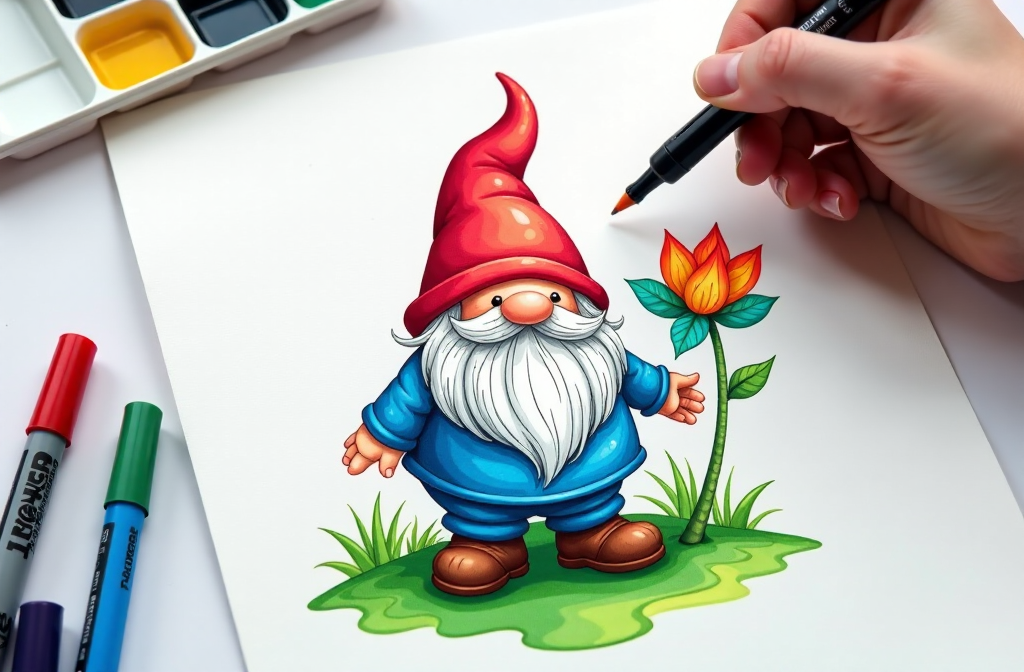
In today’s environment, characterized by a barrage of stimuli and a demand for instant gratification, the ability to concentrate and maintain focus is more valuable than ever. Coloring activities offer a natural and engaging way to cultivate these essential cognitive skills.
- Sustained Attention: Unlike many digital games that offer rapid rewards and frequent shifts in focus, coloring requires sustained attention to a single task. The desire to complete a picture, to see it transformed by their efforts, motivates children to focus for extended periods. This practice gradually lengthens their attention span, a critical asset for classroom learning and absorbing complex information.
- Task Completion and Goal Orientation: Each coloring page represents a mini-project with a clear goal: to fill the image with color. Working towards this goal, section by section, teaches children about task completion and the satisfaction that comes with it. This process helps them understand that effort applied over time yields a tangible result.
- Developing Patience: More intricate coloring pages to print for kids, featuring smaller details or larger areas to cover, inherently teach patience. Children learn that not everything can be accomplished instantly and that perseverance is key to achieving a desired outcome. This learned patience is invaluable when facing challenging academic tasks or long-term projects later in life.
C. Enhancing Visual Processing, Recognition, and Spatial Awareness
Coloring is an intensely visual activity that significantly contributes to a child’s ability to process and understand visual information.
- Color, Shape, and Object Recognition: As children select and apply different colors, they learn to identify and name them. They become familiar with various shapes – circles, squares, triangles – and how these combine to form recognizable objects and characters. Thematic coloring pages to print for kids (e.g., animals, vehicles, nature scenes) are particularly effective in reinforcing vocabulary and conceptual understanding related to these themes.
- Visual Discrimination: Coloring helps children discern subtle differences in shapes, sizes, and patterns. They learn to pay attention to details, such as the texture of an animal’s fur or the pattern on a piece of clothing, which enhances their observational skills.
- Spatial Awareness: Deciding where to start coloring, how to fill a given space, and understanding the relationship between different elements in a picture (e.g., foreground vs. background) helps develop spatial awareness. This understanding of how objects fit together in a space is crucial for subjects like mathematics (geometry) and science, as well as everyday tasks like navigating their environment.
II. Psychological Well-being: Nurturing Emotional Growth and Resilience
Beyond the cognitive advantages, the act of coloring offers profound psychological benefits, contributing to a child’s emotional intelligence, stress management capabilities, and overall sense of well-being. Coloring pages to print for kids can serve as a gentle yet powerful tool for emotional development.
A. Stress Reduction and Therapeutic Calm: Finding an Oasis of Peace
In much the same way that adult coloring books have gained popularity for their stress-relieving properties, coloring provides a similar therapeutic outlet for children.
- Mindful Engagement: The rhythmic, repetitive motion of coloring can be incredibly calming and meditative. It allows children to focus on the present moment, quieting the mental chatter that can sometimes lead to anxiety. This mindful engagement helps them to relax and de-stress, especially after a stimulating or emotionally charged day.
- Emotional Outlet: For children who may not yet have the vocabulary or inclination to express their feelings verbally, coloring can be a safe and non-threatening outlet. The choice of colors and the intensity of their strokes can sometimes offer insights into their emotional state, providing a non-verbal means of communication.
- Predictability and Control: In a world that can often feel unpredictable to a child, the structured nature of a coloring page – with its clear lines and defined spaces – can provide a sense of order and control. This can be particularly comforting for children experiencing stress or uncertainty.
B. Building Self-Esteem and a Sense of Accomplishment: Celebrating Effort
The completion of a coloring page, regardless of its artistic “perfection,” offers a tangible sense of achievement that can significantly boost a child’s self-esteem.
- Tangible Results: Unlike some activities where the outcome is abstract, a finished coloring page is a concrete product of a child’s effort. This physical manifestation of their work allows them to see what they have accomplished, fostering a sense of pride.
- Positive Reinforcement: When parents, caregivers, or educators acknowledge and praise a child’s coloring efforts – perhaps by displaying the artwork – it reinforces their sense of competence and value. This positive feedback encourages them to continue exploring their abilities.
- Process Over Perfection: Importantly, the focus in coloring should be on the process and the effort, rather than achieving a flawless result. This teaches children that trying their best and enjoying the activity are more important than conforming to an external standard, which is crucial for building resilient self-esteem.
C. Fostering Patience, Persistence, and Emotional Regulation
The journey of completing a coloring page, especially a more detailed one, is a lesson in patience and persistence.
- Delayed Gratification: Children learn that the reward of a beautifully colored picture comes after a period of sustained effort. This helps them understand the concept of delayed gratification, an essential life skill for achieving long-term goals.
- Working Through Frustration: Encountering challenges, such as a crayon breaking or accidentally coloring outside the lines, provides opportunities to learn how to manage frustration and persevere. Overcoming these small obstacles builds resilience.
- Emotional Regulation: The focused nature of coloring can help children regulate their emotions. If they are feeling agitated or overwhelmed, the calming effect of the activity can help them to settle and regain a sense of emotional balance.
III. Creative Flourishing: Unleashing Imagination and Self-Expression
Perhaps the most widely recognized benefit of coloring is its role in fostering creativity. Coloring pages to print for kids provide a canvas for imagination, allowing children to explore their artistic inclinations and express their unique perspectives.
A. Stimulating Imagination and Narrative Creation
While coloring pages provide outlines, they also serve as springboards for a child’s imagination.
- Storytelling Prompts: Characters, scenes, and objects depicted in coloring pages can inspire children to create stories and narratives. A picture of a dragon might lead to an epic tale of adventure, while a scene of animals in a forest could spark a story about friendship.
- World-Building: As children choose colors and bring a scene to life, they are, in a sense, building their own version of that world. They decide the color of the sky, the mood of the characters, and the overall atmosphere of the picture.
- Beyond the Lines: While some children enjoy meticulously staying within the lines, others might use the outlines as a mere suggestion, adding their own details, backgrounds, or even altering the characters. This demonstrates a burgeoning creative confidence.
B. Encouraging Artistic Exploration and Experimentation
Coloring is a child’s first foray into the world of art, providing a safe space to experiment with colors, techniques, and personal style.
- Color Choice and Theory: The freedom to choose any color for any part of the picture is liberating. A child might choose to color a pig blue or a sun green, exercising their creative license. Through this experimentation, they begin to develop an intuitive understanding of color combinations, contrasts, and how different colors evoke different feelings.
- Developing Aesthetic Preferences: Over time, children may develop preferences for certain colors or color palettes, reflecting their emerging aesthetic sense. They might experiment with patterns, shading (even if rudimentary), and different ways of applying color.
- No “Wrong” Answers: In the realm of creative coloring, there are no right or wrong answers. This freedom from judgment encourages risk-taking and experimentation, which are vital components of the creative process.
C. Cultivating Decision-Making and Planning in a Creative Context
Even the simple act of coloring involves a series of decisions that contribute to a child’s planning and problem-solving abilities within a creative framework.
- Strategic Color Selection: Children decide which color to use for each section, sometimes planning a color scheme for the entire picture. This involves forethought and an understanding of how different colors will interact.
- Sequencing: They might decide to color all the large areas first, or focus on one character before moving to another. This involves a basic level of planning and task organization.
D. Self-Expression Beyond Words: A Universal Language
For many children, especially those who are younger or may have communication challenges, art provides a powerful and accessible means of self-expression.
- Communicating Emotions and Ideas: The colors chosen, the intensity of the strokes, and the overall feel of a completed coloring page can communicate a child’s mood, interests, and inner world in ways that words sometimes cannot.
- A Voice for All: Coloring offers a universal language that transcends verbal ability. It allows every child to express their unique perspective and creativity, fostering a sense of agency and validation.
Conclusion: The Enduring Power of a Simple Page
In the grand tapestry of child development, coloring pages to print for kids are far more than just a way to pass the time. They are unassuming yet potent tools that contribute profoundly to cognitive enhancement, psychological resilience, and creative expression. From the meticulous development of fine motor skills essential for writing, to the cultivation of focus in an increasingly distracting world, and the nurturing of emotional well-being through calming engagement, the benefits are extensive and interconnected. Furthermore, by providing a canvas for imagination and a safe space for artistic experimentation, coloring empowers children to explore their creativity and express their unique inner worlds.
Parents and educators who recognize and harness the developmental potential of coloring can provide children with invaluable opportunities for growth. By offering a variety of age-appropriate coloring pages to print for kids, a range of coloring tools, and an environment that celebrates effort and creativity over perfection, we can help children unlock these myriad benefits. The simple act of transforming a black and white outline into a colorful creation is, in essence, a journey of learning, discovery, and self-actualization. The skills honed and the confidence built “beyond the crayons” will serve children well, laying a robust foundation for academic success, emotional intelligence, and a lifelong appreciation for the power of creativity.







